History
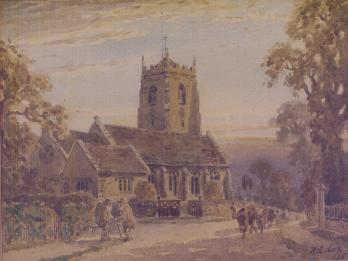 A chapel and a quarter of the land in Lillington were granted to the canons of Kenilworth in 1122 to endow their new Priory with an income. This chapel was pre-Conquest in origin, perhaps as early as 970AD. Part of the south wall of the present chancel is a survival of this building, while the Saxon doorway, which now stands between the Lady Chapel and sacristy, may date from about 1020 when the little church was repaired after Canute's 1016 raid into Warwickshire.
A chapel and a quarter of the land in Lillington were granted to the canons of Kenilworth in 1122 to endow their new Priory with an income. This chapel was pre-Conquest in origin, perhaps as early as 970AD. Part of the south wall of the present chancel is a survival of this building, while the Saxon doorway, which now stands between the Lady Chapel and sacristy, may date from about 1020 when the little church was repaired after Canute's 1016 raid into Warwickshire.
By about 1380 the chapel is thought to have developed into a parish church with chancel, nave and short south aisle of two bays. The west tower was added around 1480, and a bell dedicated to St Catherine at this time still hangs in the tower today.
The secular part of the manor came to the Earls of Warwick, who held it until 1805, from which time the growth of the Spa at Leamington started to bring increased population to the western end of the parish, particularly after the new Kenilworth Road was opened in 1842.
As the woodland covering half the parish was gradually cleared, Kenilworth Priory increased its holding to two thirds of the parish, which it held until the Priory was dissolved in 1538. The Priory's portion of the manor returned to secular ownership, held by the Puckering family, then Wise, and finally Waller, who sold the last of their Lillington land in the 1920's. Members of the McGregor family, Edward McGregor and his sons Sydney McGregor and Edward junior, were then instrumental in the development of the eastern and southern parts of the village from around 1928 up to the 1970's, with the Willes family and the Corporation of Leamington Spa. Glebe land to the west and south of the church was also sold for development from 1927 onwards.
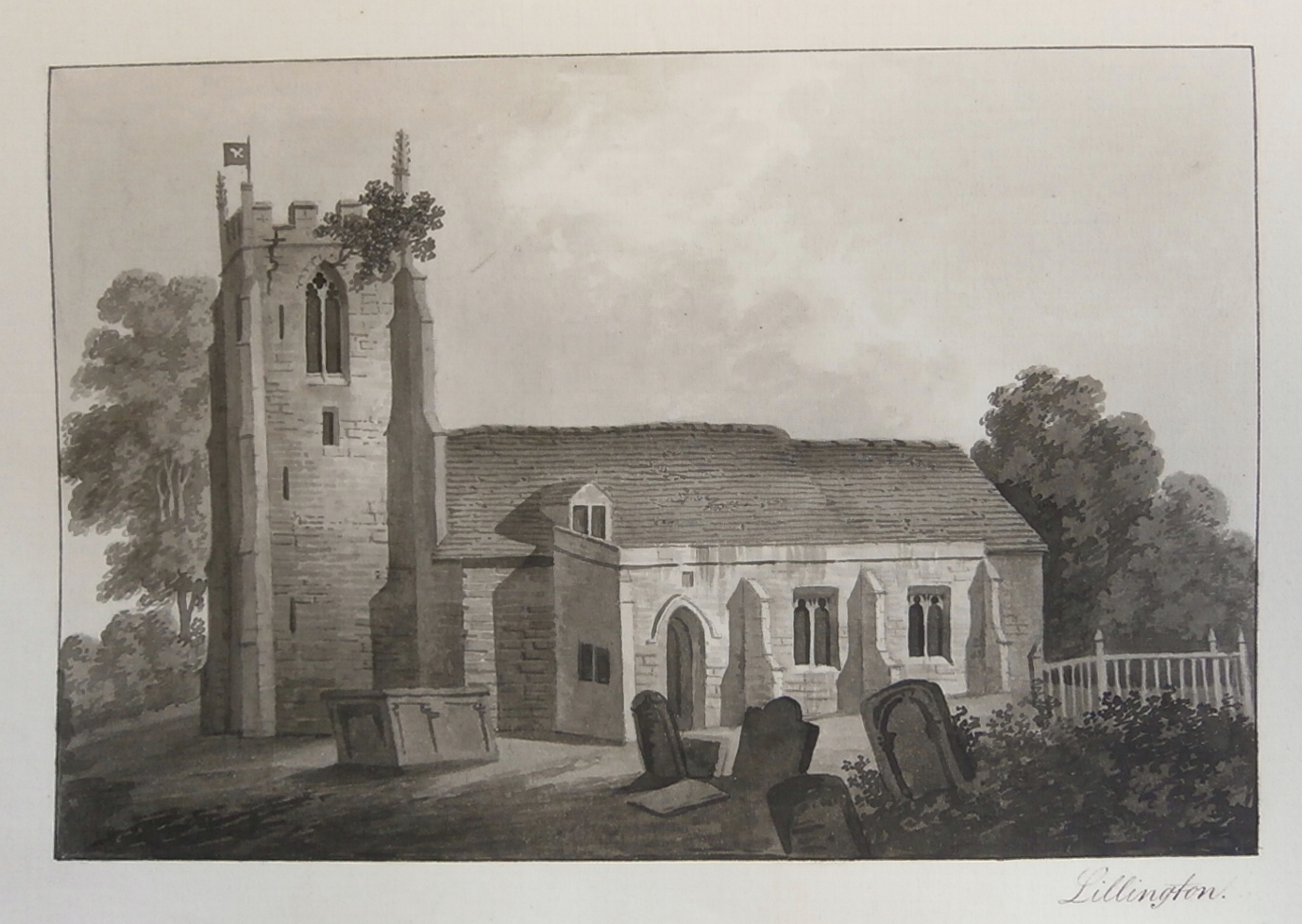 The growth of population in the parish in the mid 19th century made necessary a comprehensive restoration and enlargement of the church in 1847. The old south aisle was extended, and a new north aisle and vestry added, to the designs of the local architect John George Jackson.
The growth of population in the parish in the mid 19th century made necessary a comprehensive restoration and enlargement of the church in 1847. The old south aisle was extended, and a new north aisle and vestry added, to the designs of the local architect John George Jackson.
The Saxon doorway, which had stood in the north wall of the nave for over eight hundred years, was reconstructed in the east wall of the new north aisle, as an entrance to the new vestry, and an Early English doorway on the south side was removed to the newly-extended south aisle, but a Romanesque window in the north wall of the chancel was destroyed. A flat plaster ceiling, dating perhaps from 1811, was removed from the nave and chancel, the tower arch unblocked, a gallery of 1827 taken down, and a new chancel arch constructed, replacing one of lath and plaster, contemporary no doubt with the ceiling.
A new east chancel wall and window were built in 1856, with stained glass by Holland of Warwick, and a short addition was made at the west end of the north aisle in 1857. Then in 1868 the old south aisle and its extension were demolished, and the present wider aisle and south porch built, the old doorway preserved in 1847 being finally lost. A new Bevington organ was placed at the west end of the new aisle. Dormer windows were added to the nave roof in 1875, along with wooden corbels and braces, to provide ventilation.
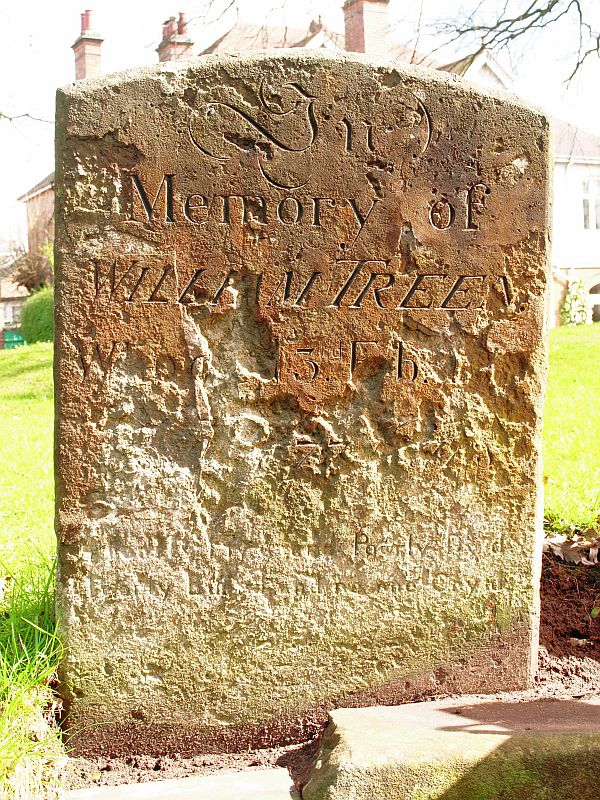
In the churchyard, opposite the Vestry door, is the 'Miser's Grave'. The headstone of William Treen, who died aged 77 on 3rd February, 1810, bears this epitaph, quoted in many nineteenth-century guides to Leamington, and most famously by Nathaniel Hawthorne in 'Our Old Home' in 1863 -
I Poorly Liv'd and Poorly Dy'd,
Poorly Bury'd and no one Cry'd.
Treen was a labourer and road scraper, who lived by begging potato peelings according to legend. When he died he was found to be a man of more than average wealth, to the surprise and annoyance of his neighbours, and his executor, Benjamin Satchwell, who is thought to have composed the famous verse on his grave.
In 1884 the vestry of 1847 and chancel east wall of 1856 were demolished. The chancel was extended, and an organ chamber and sacristy added. The Saxon door was rebuilt again, this time in its present location leading into the Sacristy. With the addition of a choir vestry in 1914, the exterior of the church achieved the appearance it has today.
The population of the parish is today over 11000. (It would be even larger but for the transfer of some western areas to Holy Trinity and St Paul's, Leamington, in 1957). Although there are a Free Church and a Roman Catholic church in Lillington, it is perhaps surprising that the parish church is still the same size as it was in 1884 when the population numbered just 938.
In 1897 the church clock was installed. The bells were augmented from three to a full octave in 1927. A new organ at the west end of the nave was given in 1936, at which time the former organ chamber north of the chancel was adapted to become the present Lady Chapel.
The reredos above the high altar depicting the Last Supper was purchased by public subscription in 1890, a belated commemoration of Queen Victoria's Golden Jubilee.
A robed choir first sang in the chancel in 1900 - the present choir stalls date from 1908.
New oak flooring and pews in the nave and aisles were installed in 1925. A new pulpit was given to the church in 1940, replacing the Victorian stone pulpit of 1885.
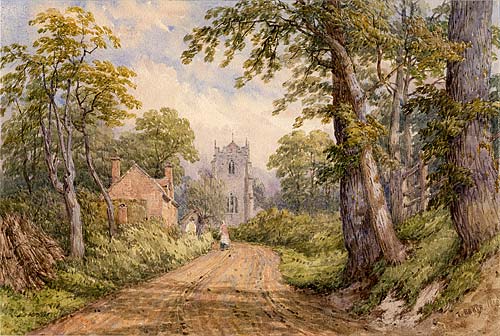 A useful addition in 1987 was an octagonal church room built close to the main door of the church, replacing the Parish Room, now part of Old School Mews in Cubbington Road.
A useful addition in 1987 was an octagonal church room built close to the main door of the church, replacing the Parish Room, now part of Old School Mews in Cubbington Road.
The living of Lillington was held jointly with that of St James, Old Milverton from 2008, and both became formally a joint benefice in October, 2014.
What of those who have worshipped here? Since the installation of the first Vicar in 1252, more than fifty incumbents have come and gone, all doubtless leaving their mark on the Parish and its people. The Parish Registers going back to 1539 record times of joy and of sorrow for many, while countless more will have come into church to worship God throughout the centuries; long may they continue to do so.
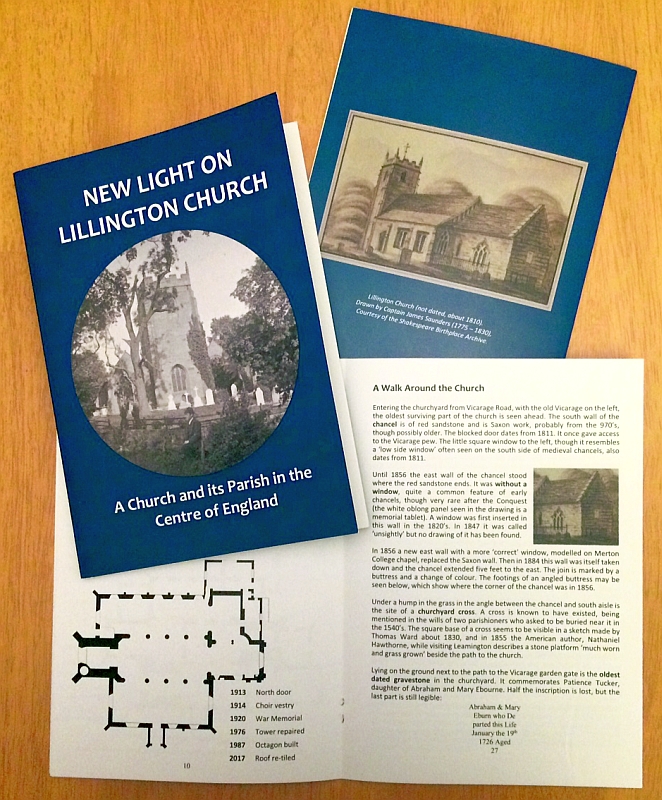
"New Light on Lillington Church" is an illustrated history of the church and village, including a walk-round guide to the church, with twenty four pages in colour and soft covers, price £3.75 including UK postage and packing.
Available by post from the author, Richard Taulbut, 9 The Greenways, Lillington, Leamington Spa. CV32 7AF. Cheques payable to 'Lillington PCC'.
Or buy now with PayPal










